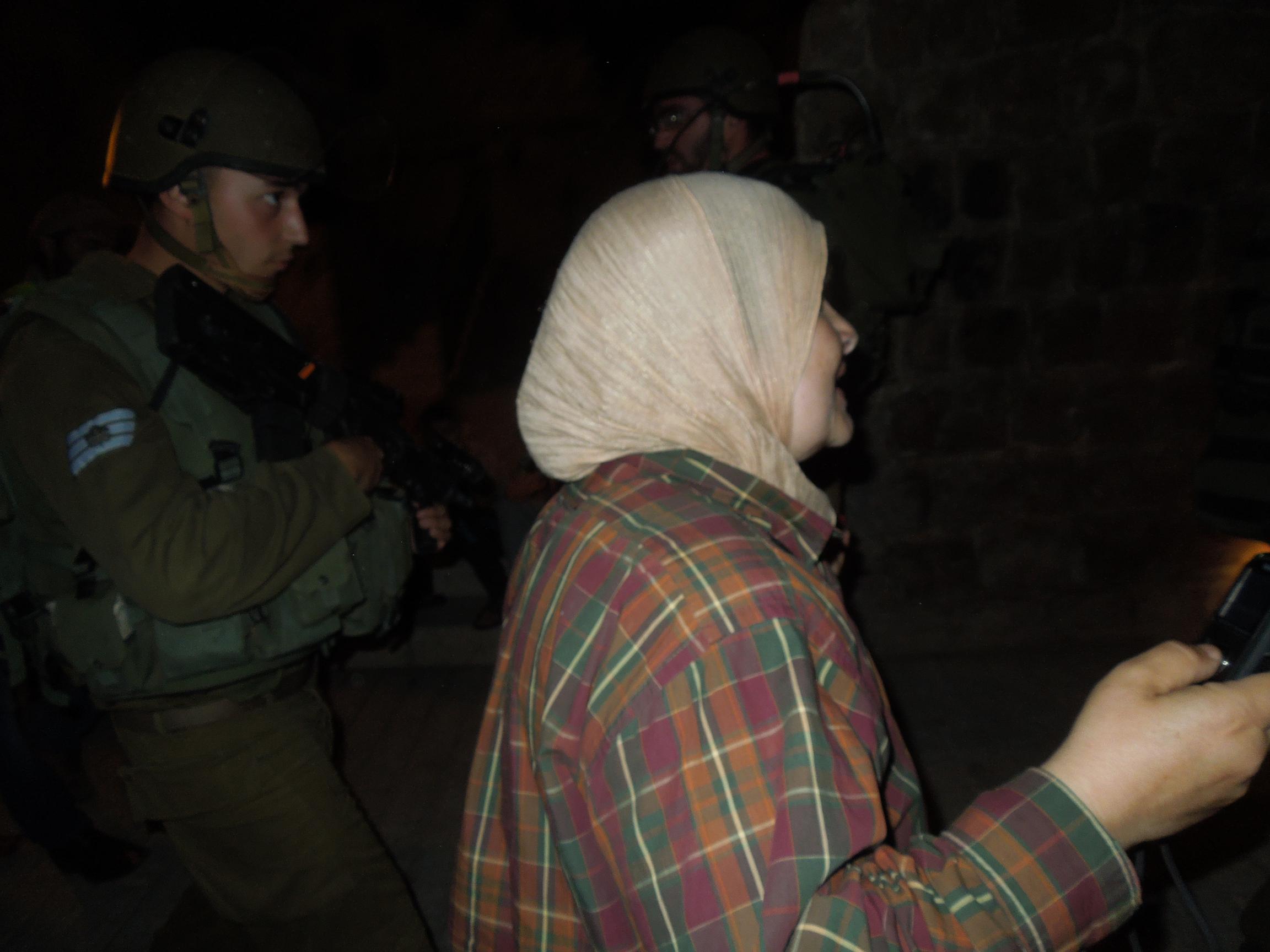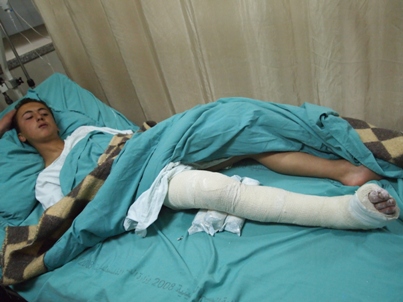Tag: Settlement
-
UPDATE: Woman arrested in Hebron is accused of stone throwing by a settler
19th May 2013 | International Solidarity Movement, Team Khalil | Hebron, Occupied Palestine UPDATE: Zleikha was released from custody at around midnight, on the condition that she reports back to the police station today. During Zleikha’s interrogation, an Israeli settler was brought by the Police and asked, ‘is this the woman who threw stones at…
-
13 year-old boy shot and beaten by settlers, leg broken
16th May 2013 | International Solidarity Movement, Team Nablus | Qaryut, Occupied Palestine At about 2pm on 16 May, a 13 year-old boy was shot at and beaten by settlers; he broke bones in his leg running from the shots at him and from being beaten. After falling, the boy was threatened with his life…
-
“Nothing forbidden for them, but nothing allowed for us”
14th May 2013 | International Solidarity Movement, Qaryut, Occupied Palestine By Team Nablus Settlers from the illegal colony of Shilo set fire to land belonging to the nearby village of Qaryut. Around 25 families own land in this area. The land contained wheat crops and olive trees and is next to land previously stolen by…


